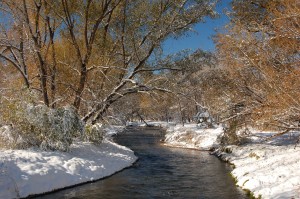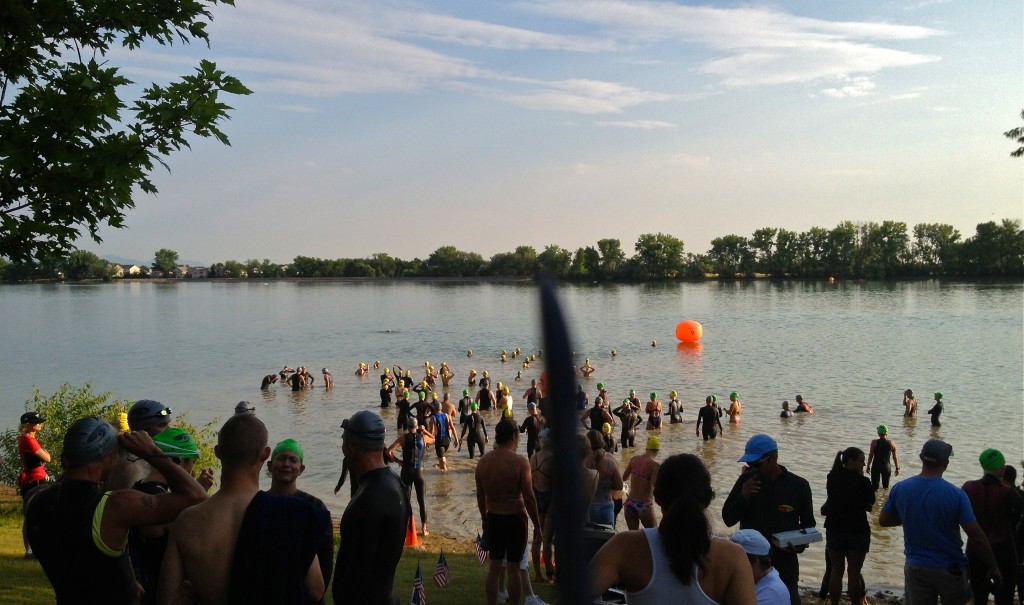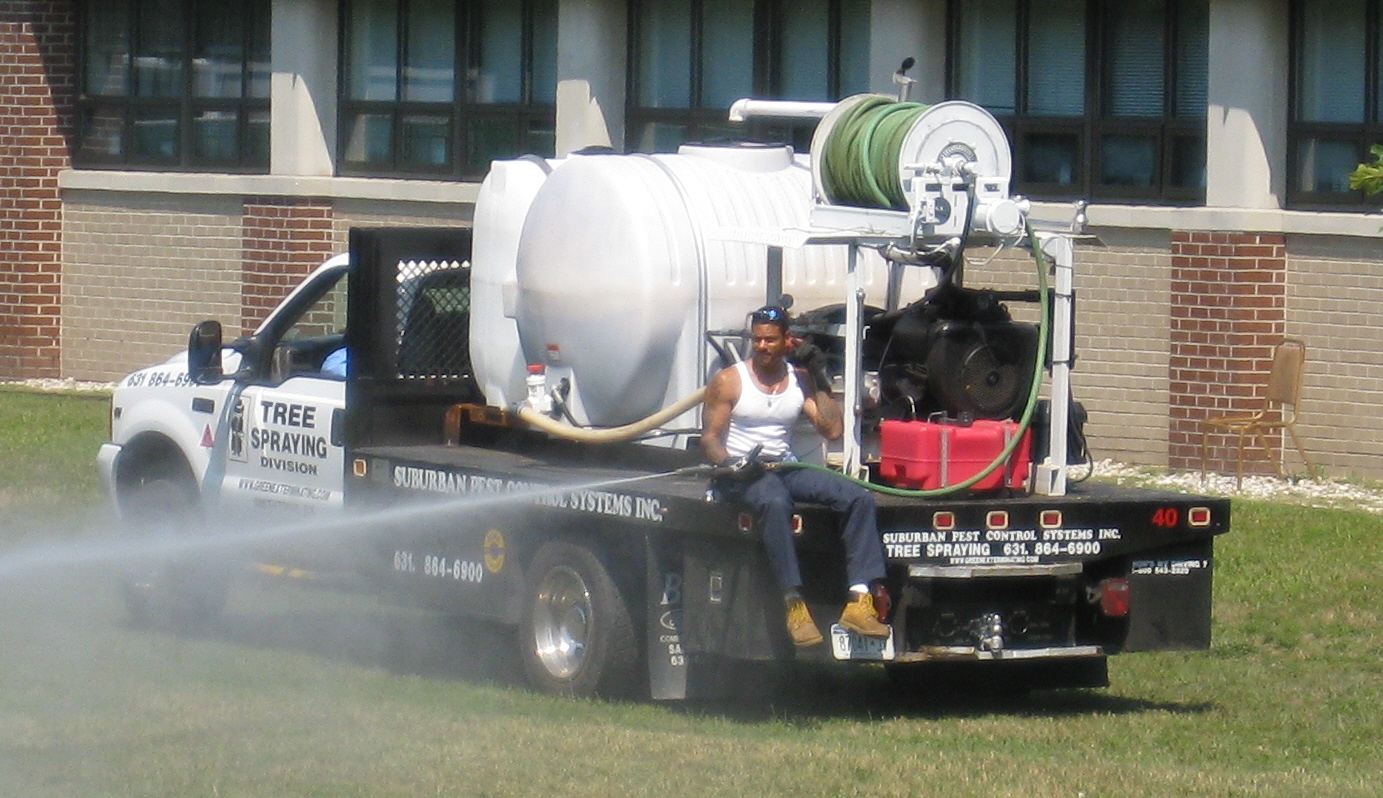There are several ways for contaminants to pollute your favorite swimming hole. The risk of a wider variety of contamination is greater in an urban or suburban water body. Runoff is the easiest way to introduce pollutants. This includes automotive pollutants (oil, grease, fuels) from roads, pesticides and herbicides getting washed away, fertilizers from over-applying to lawns, bacteria, fecal matter (E coli), and good old trash. If the water passes through an industrial area then the risk of toxic pollutants from chemicals and heavy metals increases. A body of water can become lifeless from the just the runoff of over-applying lawn fertilizer. Your green lawn killed the bay!
Sloan’s Lake on the west side of Denver is what got me thinking more about this. I live in the Denver metro-area. Sloan’s Lake has a history of poor water quality; specifically low oxygen probably due to too much goose poop. I was supposed to swim in this lake in 2013 as part of the Denver Triathlon. I was researching the water quality in the weeks leading up to the race and had concerns. The race ended up being cancelled due to the heavy rain and flooding in Colorado in September 2013. That elevated my concerns even more and I haven’t ever swam in this lake.

According to “How’s My Waterway”, this beautiful creek is contaminated with E. Coli, arsenic, mercury, and has low oxygen.
Often during these extreme flood events water treatment plants can shutdown or overflow. Fortunately there are resources for you to find out if your water is contaminated. If you’re headed to a major beach, check their website for warnings and swim advisories. EPA’ s How’s My Waterway is a good resource to look up the sampling results of any waterway. They haven’t all been sampled and they can be outdated. Many of the creeks and lakes I looked up were last sampled in 2010. It is still a good resource to get an understanding of where you’re swimming.
You can also look around and upstream to get an idea of what might be in the water. If you see a lot of farmland, then you might be swimming in herbicides and fertilizers. If it’s urban, then road pollutants are likely. If it’s suburban, then fertilizer is a big one. If the water passed through an industrial area upstream, toxic chemicals and dissolved heavy metals are a risk. Look for life in the water. Swimming with the fishes can be uncomfortable, but if there’s fish in the water that means it’s somewhat healthy. Of course, I haven’t even mentioned the naturally occurring microbiological pollutants that can make you sick.
Open water swimming is fun and adventurous. Make sure to swim in the right place and time. Dilution is not the solution to pollution.
Below is an informative 8 minute video about stormwater pollution in Puget Sound. It is produced by Earth Fix, a media project of Oregon Public Broadcasting. It will change the way you view what happens to your rainwater.




